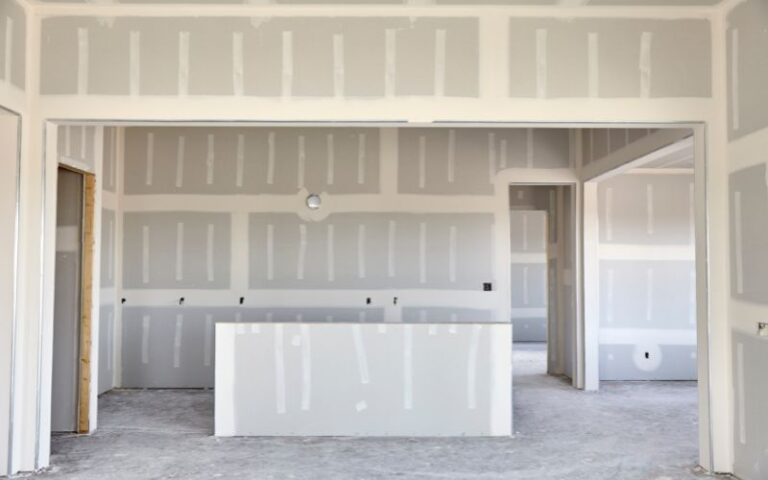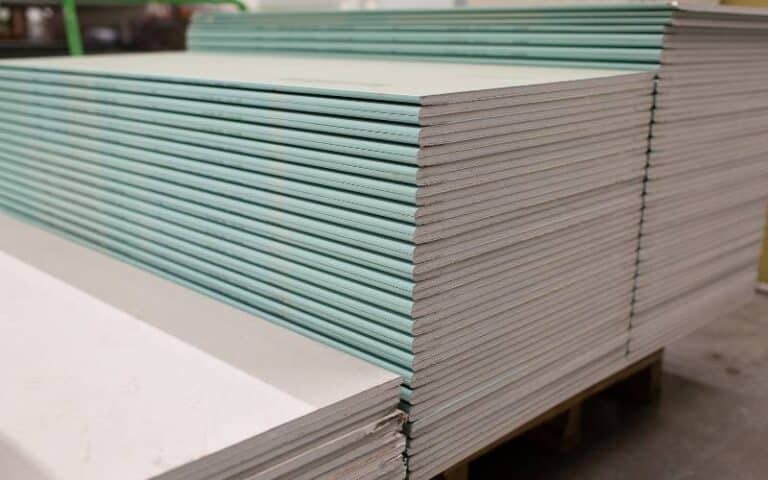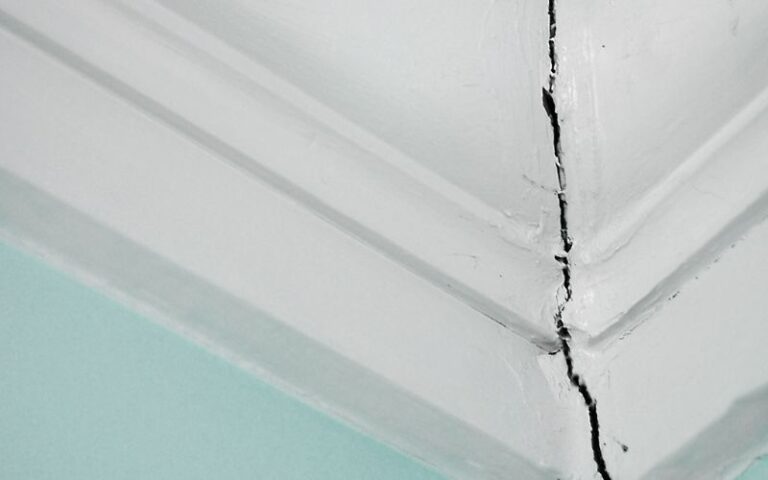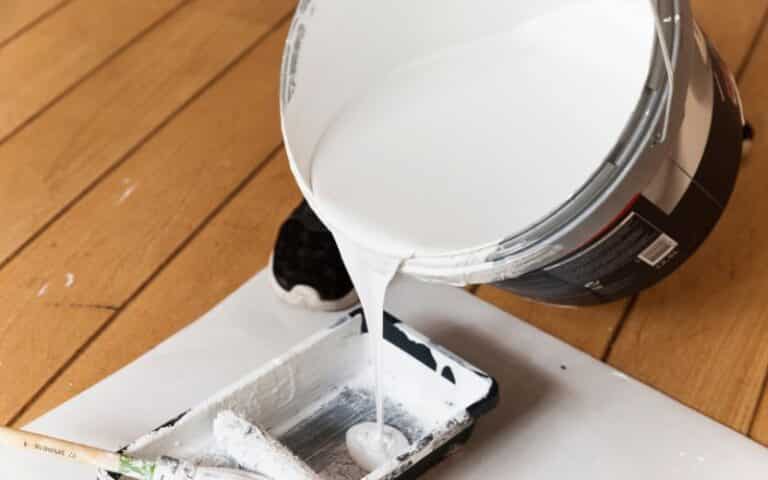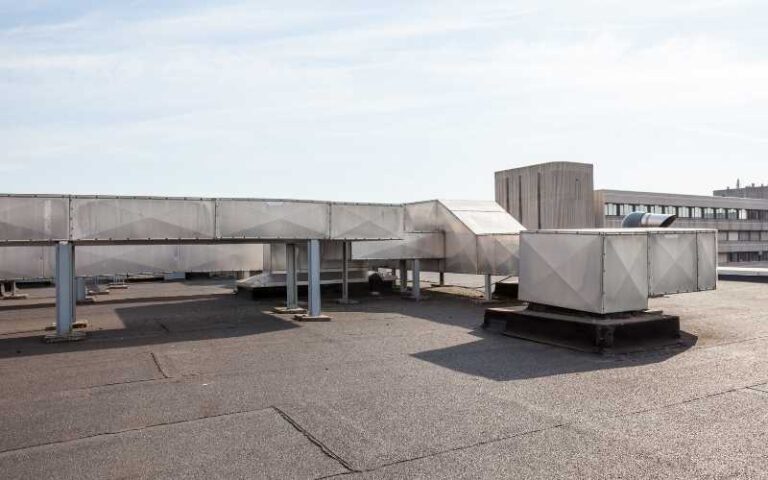Renovating your home is always an exciting task. There are several reasons why people decide to change or upgrade different parts of the house.
Despite being exciting, this task can also be exhausting, especially when you lack the necessary information.
If you want to renovate your ceiling for whatever reason and wonder, is it necessary to put drywall under the tongue and groove? Find out here!
Yes, you can use drywall under the tongue and groove. The fire-resistant drywall is suitable for use under the tongue and groove. You can use tongue and groove woodwork on walls and ceilings, but for it to appear its best, it needs a flat, firm surface like drywall to connect to.
In this article, I will explain if using drywall on the tongue, and groove is essential, how it helps, and the necessary steps to take when installing drywall.
You’ll also find out that apart from drywall, there are other alternatives to use on tongue and groove ceilings.
Ready for a Drywall Quiz?
Must You Have Drywall on the Tongue and Groove?
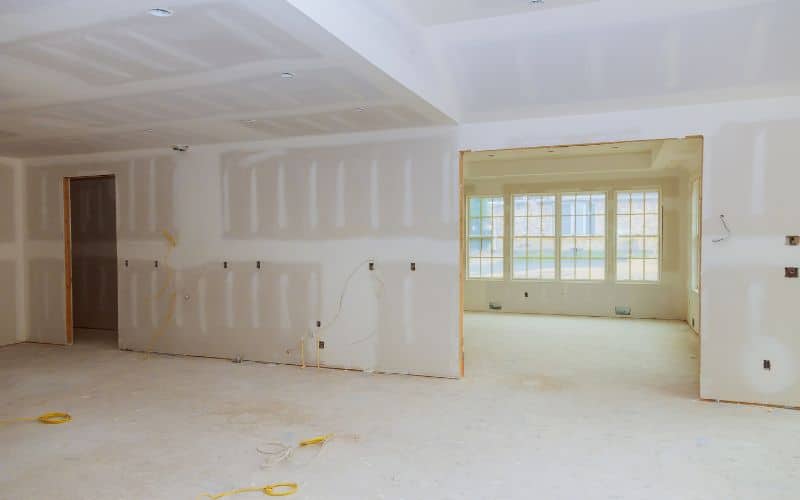
Yes, it is advisable to use drywall on the tongue and groove. Drywall is a great base or foundation for the tongue and groove since it is smooth, flat, and easy to install.
The primary function is to conveniently fit wood boards and joints with minimal complications.
Another thing that determines whether you need drywall beneath the tongue and groove is the building policy in your local area.
You can confirm with the authorities in charge if drywall is necessary. Depending on the thickness, some building codes permit tongue and groove installation without using drywall.
How Does Drywall Help in Tongues and Grooves?
Although installing tongue and grooves without drywall is possible, most professionals would not recommend it. Installing the wood panels with drywall is safe.
Here’s how drywall helps when you install it with tongue and groove:
#1. Resistance to Fire
Installing tongue and groove may improve the interior design of your home, but there are more effective materials for enhancing fire resistance.
Drywall has fire-resistant properties and offers your house extra protection in the event of a fire.
This feature is the primary reason local building codes sometimes enforce drywall under the tongue and groove.
Drywall contains Calcium Sulfate (CaSo4) and Water (H2O), which have anti-flaming qualities that protect your buildings from a potential fire outbreak.
#2. Wall Stability
With drywall backing, your walls will be sturdy. Beautiful designs are available for contemporary wood paneling like tongue and groove, but sometimes, the wood is fragile.
The drywall placed beneath the wood paneling fortifies the walls of your home, making the walls durable while extending their lifespan.
#3. Simple Installation
Renovation and construction work can be a lot, but it helps when the materials are easy to install.
Unlike other construction materials, drywall installation is straightforward, especially when an expert does it.
Drywall is a pre-built material, making it easy to cut and install.
With the many benefits of drywall under the tongue and groove, it is essential to know the types appropriate for different construction projects.
Here’s a table showing the different types of drywall available for use
| Types of Drywall | Features |
|---|---|
| Purple drywall benefits are similar to green drywall, except it is more moisture-resistant. | This drywall is the least expensive one. Avoid using it in bathrooms or kitchens. |
| Blue board drywall or Plaster baseboard | Purple drywall benefits are similar to green drywall, except it is more moisture-resistant. |
| Paperless drywall | This drywall is made with fiberglass, reducing moisture and mold growth. |
| Soundproof drywall | You can use this drywall for its soundproof feature. |
| Type X drywall | A fire-resistant option for drywall is Type X. You can also use many layers to enhance this feature further. |
| Green board drywall | This drywall is water resistant. It helps to stop moisture from amassing in spaces exposed to humidity. |
| Purple drywall | Purple drywall benefits are similar to green drywall, except it is more resistant to moisture. |
How To Install Drywall Under Tongue and Groove?
Before installing drywall, ensure you have the right tools to avoid accidents.
To install drywall on the ceiling, here’s what to do:
- Use nail protector plates to cover the wire. Determine the locations where your wiring passes through the studs and place nail guard plates there.
- Measure the drywall and cut it. To the center of the wall studs, measure the wall.
- After that, score the drywall’s surface with a utility knife while using your T-square.
- Fold the drywall backward after that and continue cutting along the fold.
- When hanging drywall around a window or door, make a cutout with a drywall saw after measuring the area.
- Buff off the drywall. Use a rasp or surform blade to make the edges even when cutting the drywall.
- Stick the studs with glue. Apply the drywall adhesive directly to the studs.
- Secure the drywall with nails. Press the drywall against the studs to hold it, then secure it with nails. Aim to keep the nails away from the sheet’s edge.
- Level the screw heads with the drywall surface.
- Run your knife over each screw to check for evenness. Any obstruction indicates that the screw is not level with the wall, and you need to tighten or readjust the screw.
- Cover the horizontal seams before the vertical seams using mesh drywall tape.
It is possible to install drywall on your own, but if you need more clarification, it is best to employ the help of an expert.
Drywall Alternatives to Insulate Tongue and Groove Ceiling
Whenever there’s a need to renovate or repair walls, drywall is usually the first option that comes to mind.
Truly, drywall is an excellent option for ceilings and walls, but there are some situations where drywall might not fully meet your needs.
There are alternatives to drywall that are equally good, and you can also try them out.
Below is a variety of options to check out.
#1. Faux Brick
Faux brick gives a contemporary and natural look, just like natural bricks, but natural brick needs construction work and takes time.
Faux brick is the best if you need a faster and less messy option. It achieves the same look with less time and effort. You also have the opportunity to choose the color it comes in.
#2. Barnwood
If you like vintage or contemporary aesthetics, then Barnwood is for you. This wood has a more natural appearance but may be challenging to find. It is easy to install and is slightly washable.
However, ultraviolet light can alter the color of barn wood and harm its surface, the wood can sustain water damage, and it takes expertise to repair the harm.
#3. 3D Wall Panels
3D wall panels significantly improve the beauty of your home.
With 3D wall panels, you can mount them immediately over the existing walls, which requires only a small amount of installation work.
You can also paint the wall panels according to your choice.
Although these panels might be costly, the design is durable, lightweight, and water-resistant but not fire-resistant.
This attribute is why you should refrain from using this panel in the kitchen or places prone to fire.

